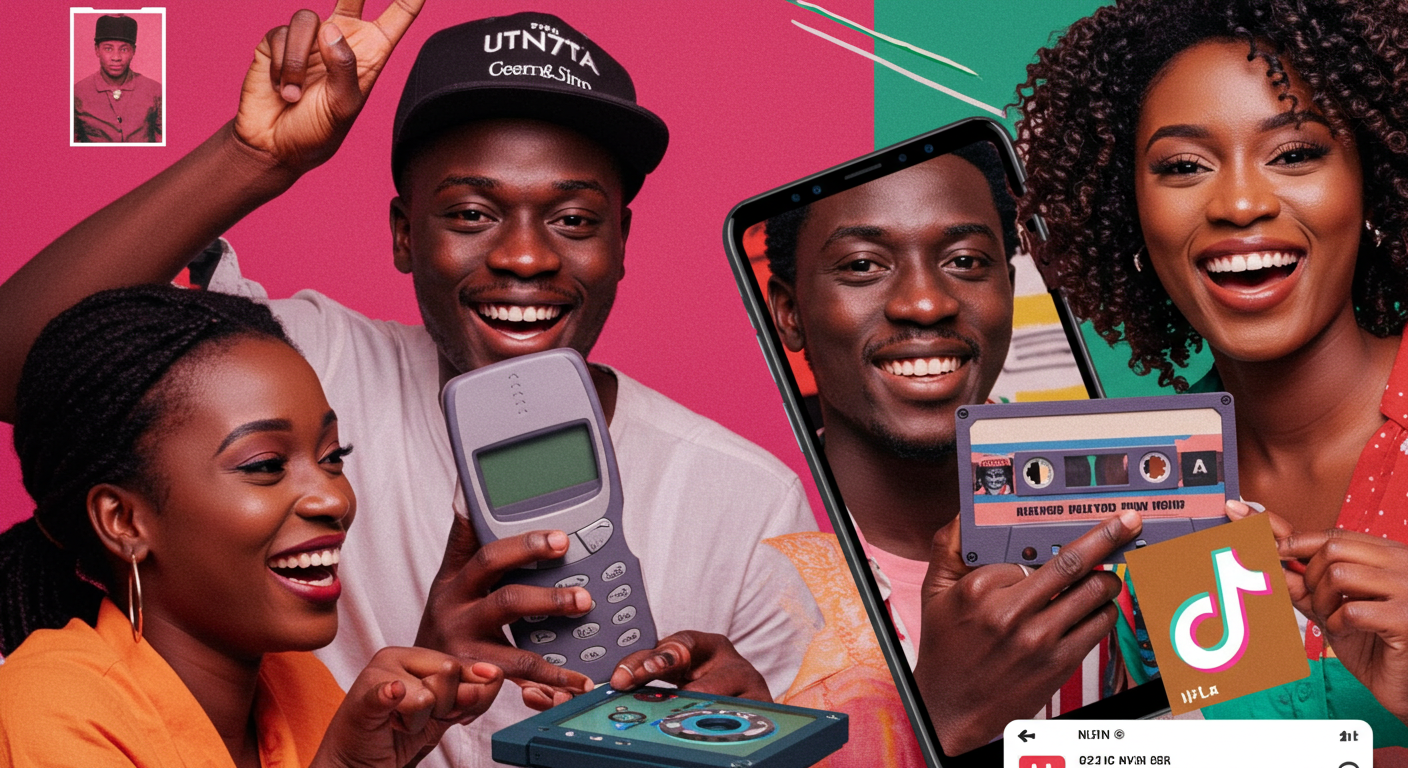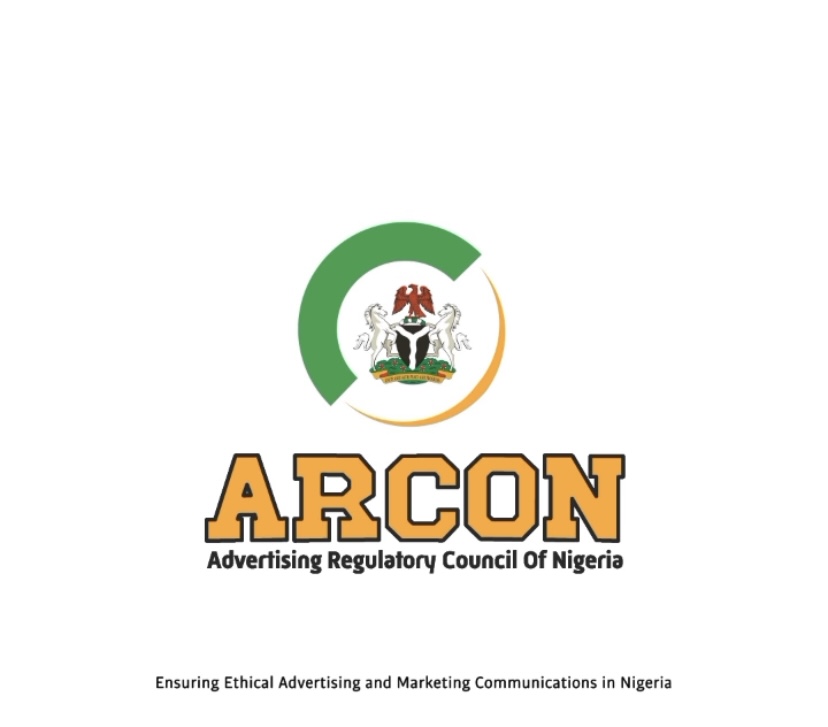The “Y2K” style, vintage commercials – why are we clinging to the past in this age of artificial intelligence and rapid change? More importantly, why are marketers taking advantage of this trend? Cassette recordings, memes from the Nokia era, TV snippets from childhood, and reinvented ‘90s styles will undoubtedly be prominent in 2025 social media feeds. Together, the first generation to grow up with the internet (Millennials) and the generation born into the digital age (Gen Z) are clearly longing for a simpler period. And indeed, companies have taken note.
Welcome to the golden era of nostalgia marketing, in which what was once outdated is now a potent weapon for what sells today.
Why We’re Obsessed with the Past
In a world that is continuously changing, from economic instability to technological overload, nostalgia serves as a comforting blanket. According to psychologists, it specifically provides comfort, familiarity, and emotional anchoring. Therefore, it’s no accident that this pattern peaked during and after the epidemic, a time when the future seemed most unclear.
However, nostalgia has transformed beyond a mere source of personal pleasure. It has become a purposeful commercial advantage for brands.
Read also: Sustainable and purpose-driven brands: the new loyalty currency
From Naija to Global: The Rise of Retro in Creative Culture
The influence of nostalgia is evident everywhere. For instance, with the help of vintage filters, grainy VHS edits, and butterfly clips, the #Y2K hashtag on TikTok has amassed more than 7 billion views. Similarly, aesthetics from the early 2000s and vintage Nollywood posters have become a visual language on Instagram. In Nigeria, specifically, skits that imitate classic TV series such as Papa Ajasco, Super Story, and Tales by Moonlight consistently spark wild participation.
The core point? Time isn’t just a constant companion; you can actually sell it.
How Nigerian Brands Are Tapping Into Nostalgia
As a result, astute companies are now heavily investing in this trend, and not just for reasons of mere appearance. Consider these effective strategies:
-
Reimagined Jingles and Soundbites Campaigns have successfully remixed legendary melodies from the early 2000s, including jingles that broadcast on NTA and Galaxy TV, into contemporary soundbeds on social media. This approach proves an immediate hit among Millennials.
-
Packaging Throwbacks Some food and beverage companies, furthermore, have experimented with reintroducing historical logo designs or packaging as a throwback to “the good old days.” This immediately draws attention and inspires memory-driven devotion among consumers.
-
Social Media Challenges and Memes Brands are increasingly leaning toward throwback meme culture. Think, for example, of Indomie’s early advertising, peak “NITEL phone booth” comedy, or beloved childhood school tunes. The audience eagerly consumes this content because it offers more than just substance; it’s a shared communal memory.
It’s Not Just Cute, It’s Conversion
Nostalgia marketing effectively works because it is deeply emotive. According to research, individuals are far more inclined to trust, share, and buy from companies that utilize shared experiences. In Nigeria, particularly, where shared memories of NEPA jingles, Jollof fights, and Saturday cartoon marathons truly bring whole generations together, nostalgia represents one of the most powerful and authentic weapons in the creative arsenal.
The Balance: Nostalgia vs. Relevance
But here’s a crucial catch: nostalgia should never be sluggish or out of touch. A merely repeated melody or an outdated graphic that lacks current context will simply not be effective. Therefore, the smartest companies are those that reimagine the past for the present, expertly combining cultural memory with a contemporary narrative.
Ultimately, it’s not about moving backward. Instead, it’s about grounding forward-thinking concepts in something particular, local, and genuinely valued.
What Marketers Should Do Now
To effectively leverage nostalgia, marketers should:
- Audit your previous assets. What about an old campaign jingle? This might very well be your next viral sound.
- Mine the cultural archives. Think deeply about what truly brought your audience together at school, in traffic, or over supper.
- Create timeless content. Don’t simply follow passing trends; instead, aim to create lasting brand memory.
In 2025, being relevant means more than simply being futuristic; it also means being familiar. As a result, nostalgia has proven to be the love language that effectively cuts across algorithm fatigue, short attention spans, and even brand distrust. Sometimes, therefore, the greatest way to truly stand out is to take people back.
ALSO WATCH: MARKETING EDGE ONTV







Comment
No comments found.